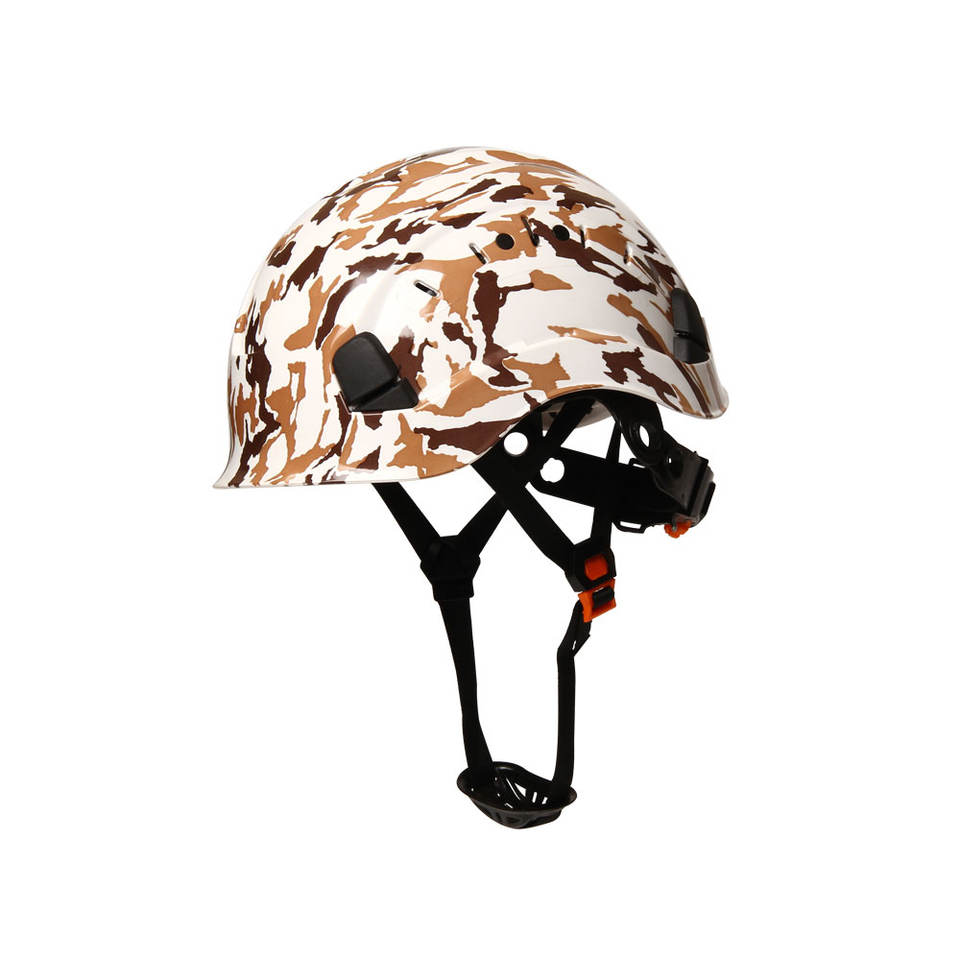Choosing the Most Effective Safety Helmet for Your Needs and Protection
The Best Type of Safety Helmet A Comprehensive Guide
When it comes to safety in various work environments, the importance of wearing a proper safety helmet cannot be overstated. Whether you work in construction, manufacturing, or any sector that poses head injury risks, choosing the right helmet is crucial for safety and compliance. This article will explore the various types of safety helmets available, their features, and how to select the best one for your needs.
Understanding Safety Standards
Before selecting a safety helmet, it is essential to understand safety standards that govern helmet design and manufacturing. In the United States, the Occupational Safety and Health Administration (OSHA) requires that helmets meet the specifications of the American National Standards Institute (ANSI) or the Mine Safety and Health Administration (MSHA). Helmets must be tested for impact resistance, penetration resistance, and lateral deformation, among other factors.
Types of Safety Helmets
Safety helmets come in different types, each designed for specific applications
. The most common types include1. Hard Hats Generally used in construction and industrial environments, hard hats protect against falling objects and potential impact injuries. They often come in various styles, including full-brim and cap-style designs. Full-brim hard hats provide additional protection from sun and rain, while cap-style helmets offer a better field of vision.
2. Bump Caps Often used in warehouse and manufacturing settings where there is a risk of bumping into fixed objects, bump caps are lightweight and provide minimal protection compared to hard hats. They are ideal for environments where the risk of falling objects is low but head bumps can occur.
3. Climbing or Hiking Helmets Designed for outdoor activities such as climbing, these helmets are constructed from lightweight materials and usually have ventilation features. They are tested for impact resistance from falling objects as well as for protection during falls.
4. Firefighting Helmets These helmets are specialized for use by firefighters and are designed to protect against heat and thermal hazards while still providing head injury protection. They often include features such as visors and communication systems.
best type of safety helmet

5. Sports Helmets Commonly used in various sports activities, these helmets are designed to protect against impact and penetration injuries. Sports helmets come in different variations for biking, skateboarding, and other activities that pose head injury risks.
Choosing the Right Helmet
When selecting a safety helmet, several factors should be considered
- Fit and Comfort A helmet should fit snugly on your head without being too tight. Many helmets come with adjustable straps to ensure a perfect fit. Comfort is also important, as a well-fitting helmet encourages compliance with safety regulations.
- Material and Weight Helmets are typically made from materials like high-density polyethylene (HDPE) or fiberglass. The weight of the helmet can affect comfort, so opt for lightweight materials if you will wear it for extended periods.
- Environment Consideration Assess the environment in which you will be working — whether it involves outdoor sun exposure, wet conditions, or high temperatures — and choose a helmet that offers the appropriate features.
- Additional Features Some helmets come with additional features such as ventilation, face shields, ear protection, and built-in communication systems. Evaluate these if your work requires additional safety measures.
Conclusion
In conclusion, choosing the best type of safety helmet is essential for protecting your head in various work and recreational environments. Understanding the types of helmets available, adhering to safety standards, and considering fit, comfort, material, and environmental factors will help ensure that you select the appropriate helmet for your needs. Always prioritize safety to ensure a secure working environment.
-
Wholesale Safety Helmets - Cheap OEM Supplier China Manufacturer
NewsMay.30,2025
-
Top Safety Helmet Manufacturers in Japan - Durable & Certified
NewsMay.30,2025
-
Affordable 3M Safety Helmets in Pakistan Bulk Pricing & Factory Deals
NewsMay.30,2025
-
Affordable HDPE & EN397 Hard Hats - Safety Certified, Bulk Deals
NewsMay.29,2025
-
FDA-Compliant Food Safety Clothing Suppliers Health Dept Approved
NewsMay.29,2025
-
adidas safety clothing
NewsMar.07,2025
